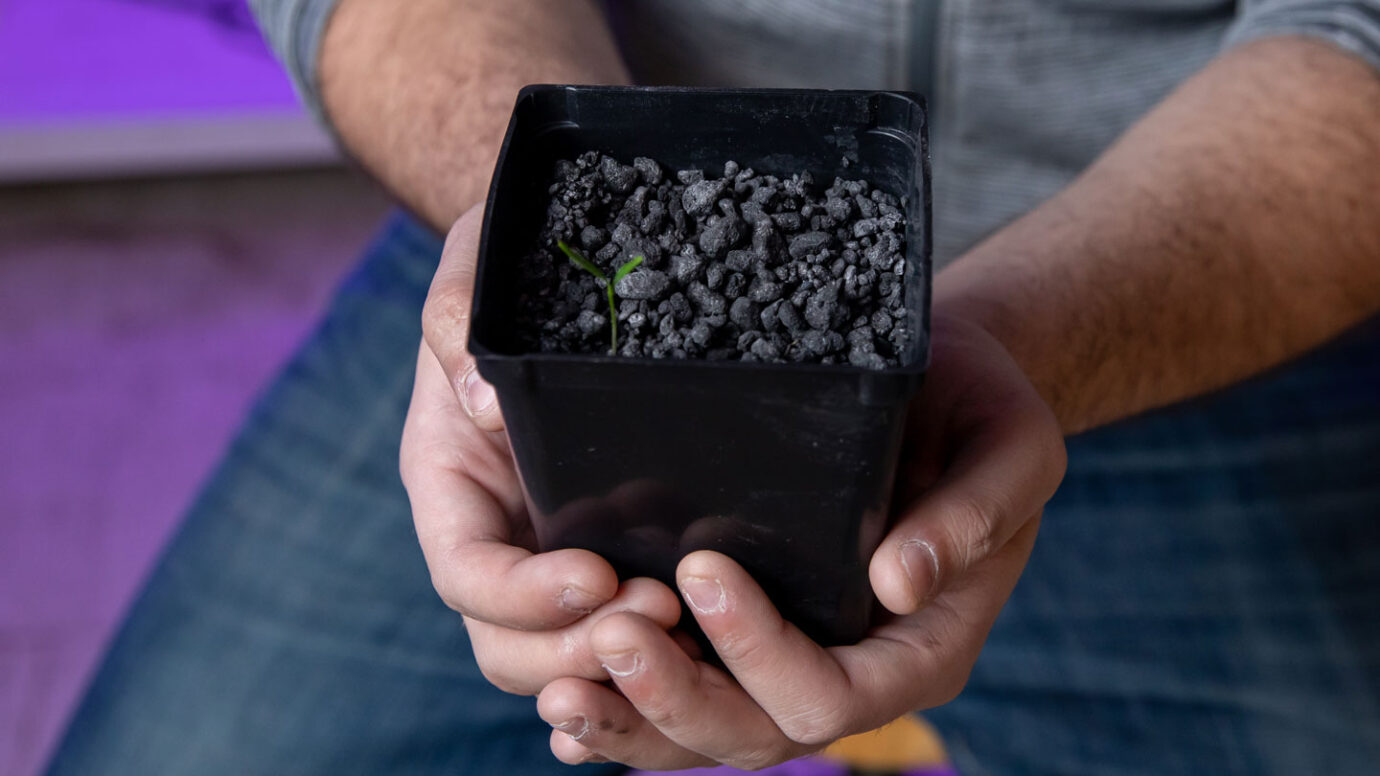In the future, astronauts will be able to have a salad grown on the soil from an asteroid. Romaine lettuce, chili peppers and pink radish grew in a mixture of peat and artificial asteroid soil, researchers report in the Planetary Science Journal.

Previously, scientists grew crops in the lunar regolith. But the new study focuses on “carbonaceous chondrite meteorites, which are known to be rich in volatile sources – especially water,” says astroecologist Sherry Fieber-Beyer from the University of North Dakota in Grand Forks. These meteorites and their parent asteroids are also rich in nitrogen, potassium and phosphorus – key agricultural nutrients. Crushing these types of asteroids, possibly as part of space mining efforts, could potentially provide a ready supply of agricultural products in space.
Fayber-Beyer created a material that mimics the composition of space rocks, and gave it to her colleague astrobiologist Stephen Russell for an attempt to grow several plants. Russell chose a sort of radish, lettuce and chili pepper – they all grew up on board the International Space Station. He, Fieber-Beyer and their colleague Kathryn Yurkonis from the University of North Dakota, compared how plants germinated in artificial asteroid soil, peat moss and different mixtures of both.
Peat moss keeps the soil loose and improves water retention. In all mixtures with peat, plants have grown. However, plants could not grow in the pure asteroid soil, because it was compacted by itself and could not hold water.
Earlier, NASA astronauts grew a crop of space vegetables without soil.
Follow us on Twitter to get the most interesting space news in time
https://twitter.com/ust_magazine

